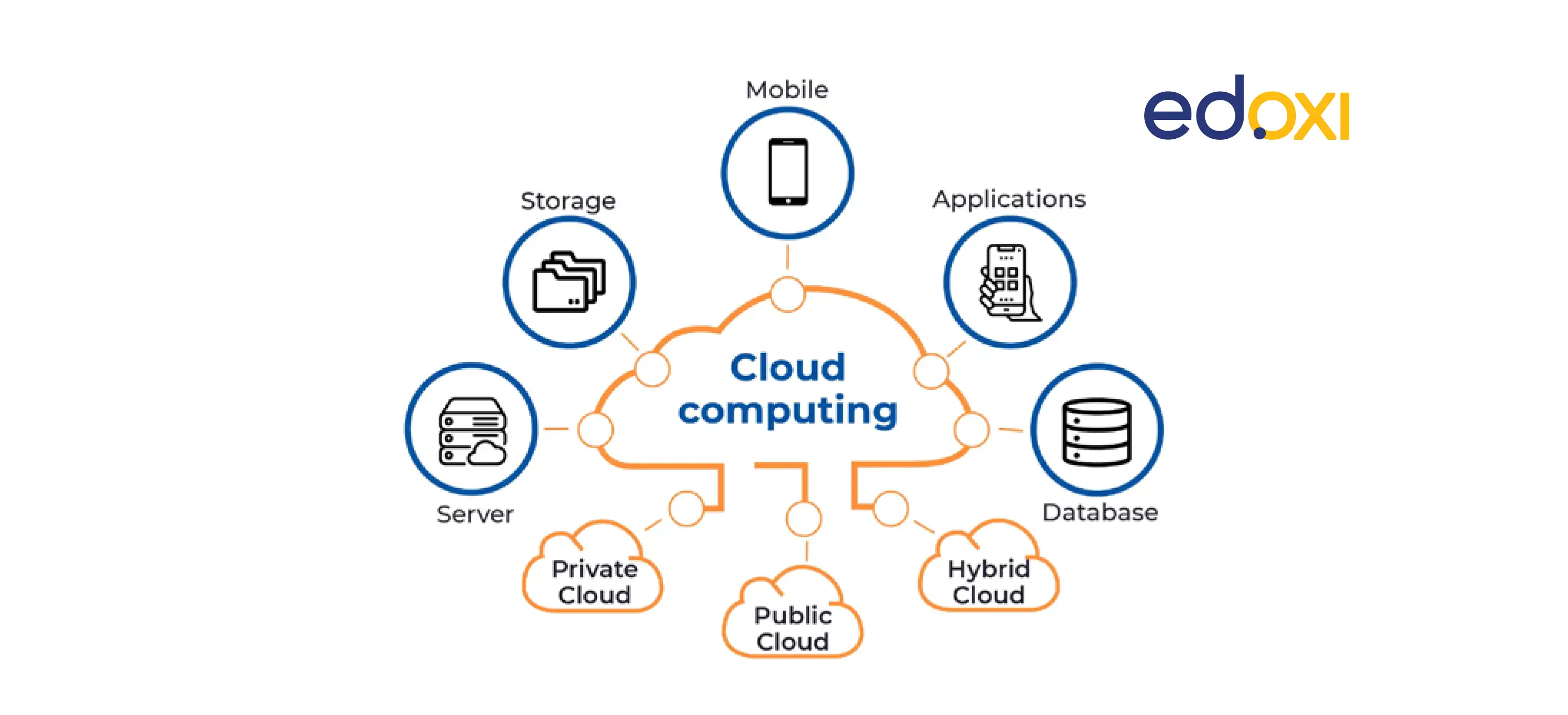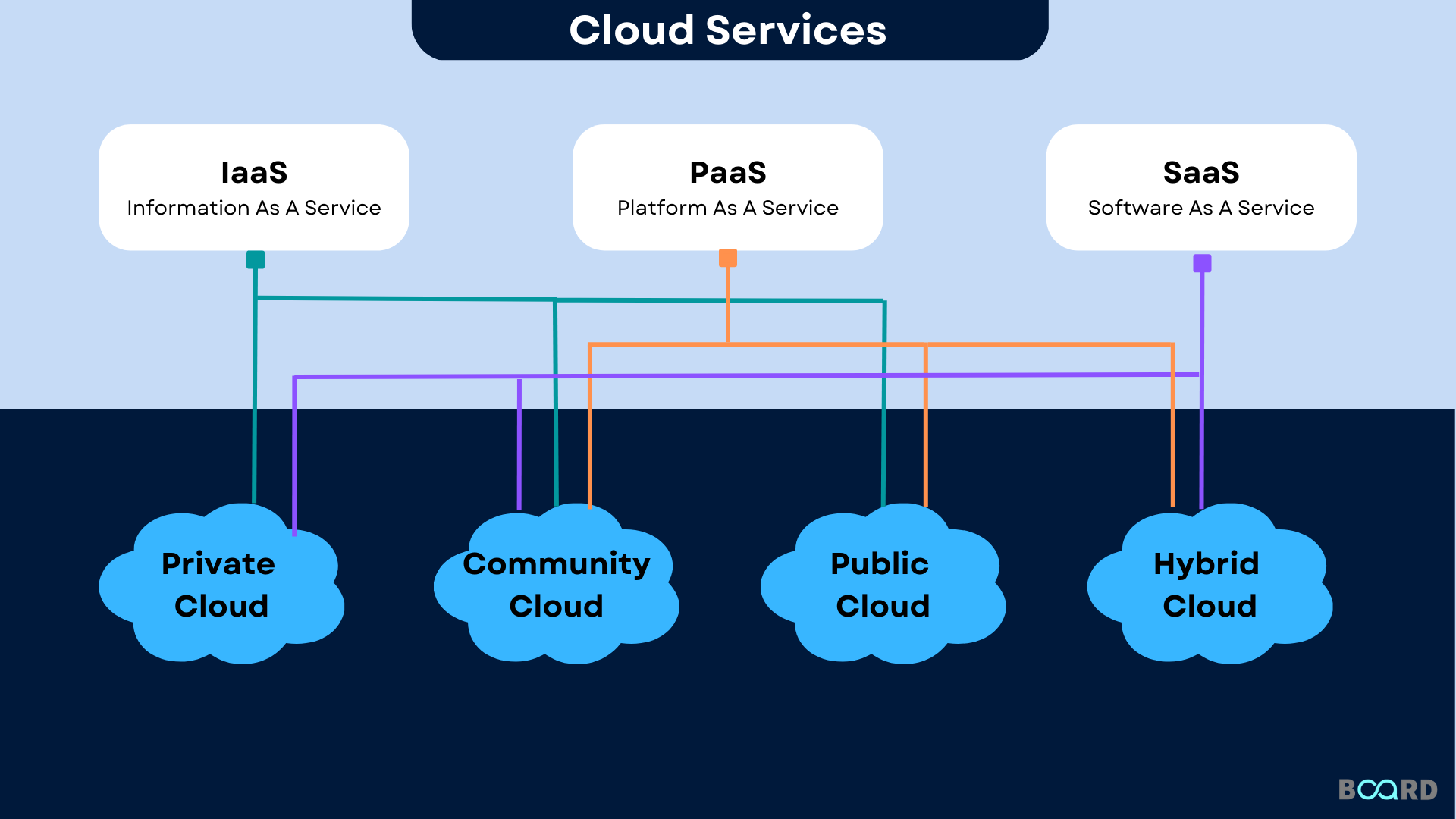Simplify Your Facilities With Cloud Services
As businesses navigate the ever-evolving landscape of innovation and information monitoring, the function of cloud services in simplifying facilities has become progressively popular. The allure of streamlined procedures, boosted effectiveness, and boosted resource allotment through cloud services is undeniable. The journey towards an extra cost-effective and nimble IT facilities includes even more than simply moving to the cloud. It requires a calculated approach and a deep understanding of the nuances of cloud adoption. So, just how can businesses efficiently navigate this transition and absolutely unlock the possibility of cloud solutions for simplifying their framework?
Benefits of Cloud Provider
Cloud solutions use a streamlined method to handling IT infrastructure, giving organizations with scalability, versatility, and cost-efficiency. Among the essential advantages of cloud solutions is the scalability they provide. Organizations can quickly scale their sources up or down based upon need, ensuring they just pay for what they utilize. This flexibility is particularly beneficial for organizations with fluctuating needs or those experiencing growth.
Furthermore, cloud solutions remove the demand for companies to purchase costly equipment and software program. This cost-efficiency is a substantial advantage, particularly for small to medium-sized enterprises wanting to lessen upfront costs. By making use of cloud services, organizations can access high-quality IT sources without the substantial price related to typical infrastructure setups.
Furthermore, cloud solutions supply companies with the flexibility to access their data and applications from anywhere with a net connection. This degree of availability enhances cooperation amongst groups, makes it possible for remote work, and raises total productivity. The versatility provided by cloud services encourages services to adjust rapidly to altering market problems and client demands.
Cost Financial Savings and Scalability
Along with the operational benefits highlighted earlier, the assimilation of cloud services right into a firm's framework comes up with significant cost financial savings and boosted scalability. Cloud solutions use a pay-as-you-go version, permitting organizations to range sources up or down based upon present requirements, consequently preventing the expenses connected with keeping excess ability. This adaptability allows business to adjust quickly to fluctuating demands without incurring unnecessary expenses.
In addition, cloud services get rid of the need for upfront financial investments in equipment and software application, minimizing funding expenditures. Operating costs are additionally reduced as companies no much longer need to manage and keep physical servers, resulting in reduced energy consumption and IT staffing prices. Furthermore, cloud services provide automatic updates and upkeep, ensuring that the framework continues to be safe and up-to-date without calling for hand-operated interventions.
Enhanced Security Actions
Applying rigorous safety steps is extremely important when incorporating cloud services into a company's framework to safeguard delicate information and guarantee compliance with sector regulations. Cloud service carriers use improved safety and security features such as information file encryption, firewall software security, and multi-factor authentication to mitigate cybersecurity threats.
Moreover, regular safety and security audits and compliance assessments aid make sure and determine vulnerabilities adherence to industry standards. Companies can likewise profit from attributes like automated security updates and real-time hazard monitoring provided by cloud service providers. By focusing on safety and security actions and remaining proactive in resolving potential threats, companies can with confidence leverage cloud solutions while securing their important information from unauthorized access or breaches.
Transitioning to Cloud Framework
To efficiently integrate cloud solutions right into a firm's facilities, a structured strategy that deals with the shift in the direction of cloud-based services is necessary. Transitioning to shadow facilities entails careful planning and execution to ensure a smooth migration process. The very first step is to assess the present facilities and identify which systems and applications appropriate for migration to the cloud. This assessment must take into consideration factors such as data sensitivity, compliance requirements, and efficiency demands.
As soon as the assessment is complete, a migration method need to be developed. This method needs to outline the timeline, resources, and responsibilities for relocating each component to the cloud. It is important to interact this strategy plainly to all stakeholders to make certain positioning and decrease disruptions throughout the change.
During the movement surveillance, procedure and screening are vital why not try here to determine and attend to any issues quickly. Regular checkpoints ought to be developed to track progression and make needed adjustments. Additionally, training for employees on using cloud services must be supplied to guarantee a successful change and optimize the advantages of the new framework.
Ideal Practices for Cloud Adoption
Successful fostering of cloud services pivots on the tactical positioning of company objectives with technical capacities and organizational preparedness. To ensure a smooth shift to the cloud, companies ought to begin by carrying out a detailed evaluation of their current framework and identifying which work are best suited for cloud migration. It is crucial to include vital stakeholders from different divisions in the decision-making process to get buy-in and resolve any worries early on.
One more best practice for cloud fostering is to focus on security and compliance. Organizations needs to meticulously evaluate the safety and security steps offered by cloud company and make certain that their data is safeguarded according to market requirements and governing needs. Implementing robust data encryption, access controls, and regular safety and security audits can assist alleviate threats connected with cloud adoption.

Conclusion

As businesses navigate the ever-evolving landscape of modern technology and information management, the function of cloud solutions in simplifying infrastructure has actually ended up being significantly prominent - linkdaddy cloud moved here services press release. Just how can businesses efficiently browse this shift and absolutely open the potential of cloud services for simplifying their facilities?
Cloud solutions supply a structured approach to managing IT infrastructure, providing businesses with scalability, flexibility, and cost-efficiency. By using cloud solutions, businesses can access top quality IT resources without the significant Visit Your URL cost tag connected with conventional facilities configurations.
To guarantee a smooth transition to the cloud, organizations should begin by performing a thorough evaluation of their present facilities and identifying which work are best matched for cloud migration.